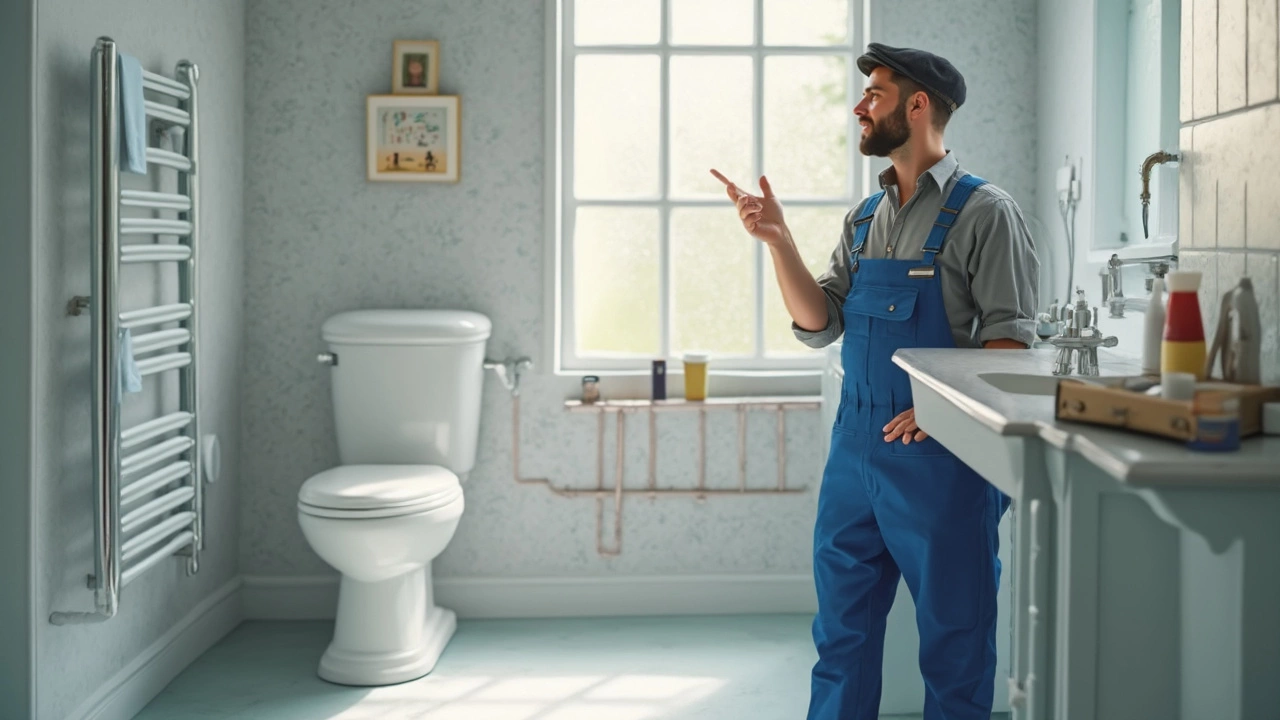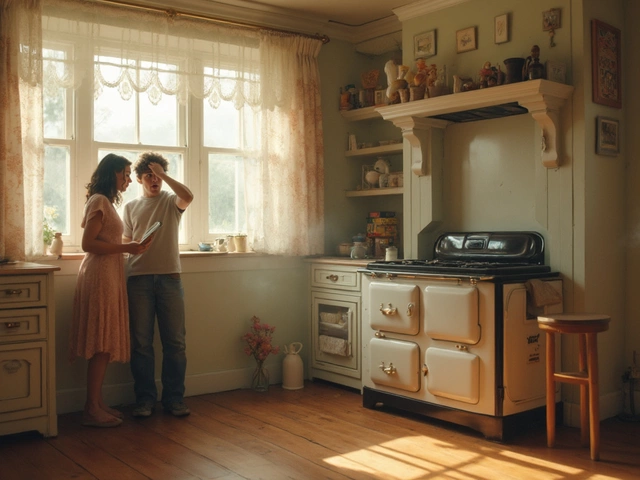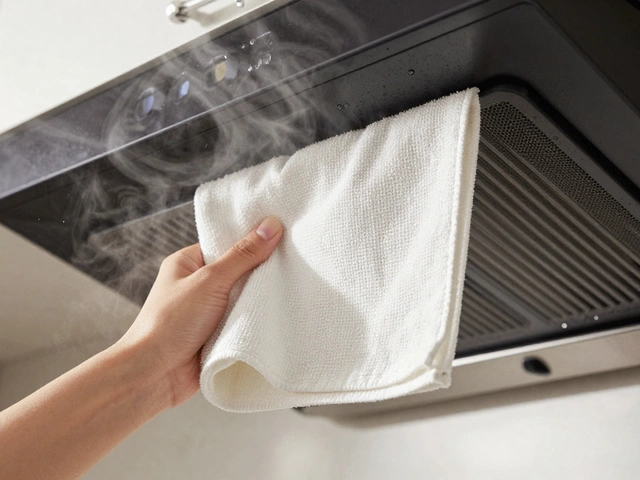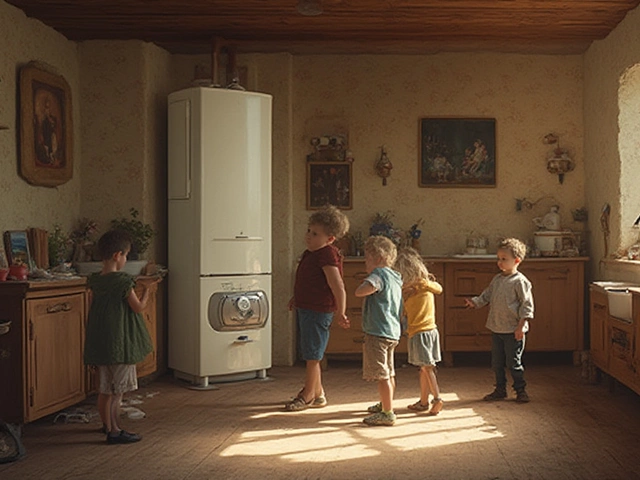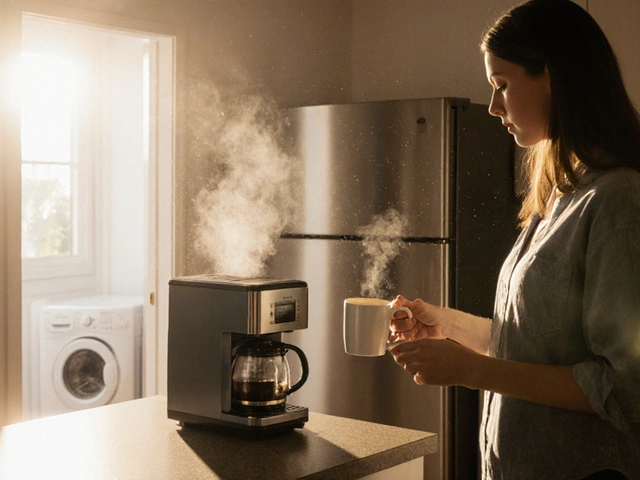Ever tried to order appliance service and had the call center get confused when you mention your toilet? Yeah, this is more common than you’d think. A lot of people lump everything with water and moving parts together, but industry rules aren’t so simple. If you’re a homeowner or work sorting out repairs, knowing whether a toilet counts as an appliance can actually save you time, hassle, and even money.
The short answer: most pros don’t call toilets appliances. But wait—why do things like dishwashers and washing machines make the cut, while toilets get sorted as plumbing fixtures? The difference is more than just technical mumbo-jumbo. Understanding how these labels matter for service calls, warranties, and even insurance makes a real difference when stuff breaks.
- What Actually Makes Something an Appliance?
- Where Do Toilets Fit: Appliance or Not?
- How Service Calls Handle Toilets Versus Appliances
- Helpful Tips and Strange Facts About Toilets
What Actually Makes Something an Appliance?
If you ask a pro what sets an appliance apart from your average household item, they'll shoot you a checklist. There’s a practical reason why a refrigerator and a toilet never show up in the same section of a service catalog. Appliances share a few measurable traits, and these details define where they belong in the home repair world.
First off, most home appliances are powered by electricity or gas. Think washing machines, dryers, dishwashers, stoves—all of them plug in or hook up to the gas line. The National Appliance Energy Conservation Act (NAECA) in the U.S. officially uses the term "appliance" for any household device that uses energy to perform a specific household task.
- Require an outside energy source (not just water pressure)
- Meant for regular household tasks like cleaning, cooling, heating, or cooking
- Usually portable or can be replaced without gutting the room
Certain items blur the lines: Built-in ranges and refrigerators are huge but still get called appliances, while built-in sinks don’t make the cut. Even water heaters, though hooked up to plumbing, count as appliances because they use power to do the work.
Here’s a quick chart to break this down:
| Item | Uses Energy? | Regular Household Task? | Classified as Appliance? |
|---|---|---|---|
| Dishwasher | Yes | Yes | Yes |
| Washing Machine | Yes | Yes | Yes (appliance) |
| Toilet | No | Yes | No |
| Water Heater | Yes | Yes | Yes |
| Sinks | No | Yes | No |
This is why, when you call an appliance repair service, no one expects you to ask for toilet help. They focus on things with moving parts that require electricity or gas and can typically be swapped out in an afternoon without messing with your plumbing layout.
Where Do Toilets Fit: Appliance or Not?
Every time someone talks about home repairs, the question pops up—does the toilet count as an appliance or just regular plumbing? You’d think it would be simple, but things get a bit tricky depending on who you ask. The main thing to know: toilets are officially labeled as plumbing fixtures, not appliances, in the building and service world.
Let’s break down why. An appliance usually plugs in or runs on energy—electricity or gas—to do its job. Ovens, fridges, washing machines, and dishwashers fit this bill. A toilet, though? It relies totally on gravity and water, with zero electric parts in standard units. When you’re flipping through building codes or shopping for home warranties, toilets always land in the fixtures section, not the appliance category.
If you look at how industry pros define it, the International Association of Certified Home Inspectors (InterNACHI) groups toilets in with sinks, tubs, and showers as fixtures. Big box hardware stores separate toilets from appliances in their online catalogs. Insurance companies usually spell it out the same way, and home warranty services mostly cover toilets under plumbing plans instead of appliance coverage.
Check out this quick comparison of how different common home items are classified:
| Item | Energy Source | Typical Classification |
|---|---|---|
| Dishwasher | Electric/Water | Appliance |
| Toilet | Water/Gravity | Plumbing Fixture |
| Washing Machine | Electric/Water | Appliance |
| Sink | Water/Gravity | Plumbing Fixture |
So, most service technicians, warranty claim agents, and building inspectors won’t treat your toilet like an appliance. But, here’s a little twist: with the rise of fancy smart toilets (think bidet seats and touchless flushes), some upgraded toilets now blur the lines. If it plugs in and does more than your basic model, service departments might handle it differently—almost like a low-voltage appliance. Still, classic toilets? They’re definitely plumbing territory.
Bottom line: for 99% of service calls and home fixer-upper scenarios, treat toilets as plumbing fixtures. This will help you call the right pro, avoid warranty mix-ups, and sort your home repairs way faster.

How Service Calls Handle Toilets Versus Appliances
If you’ve ever scheduled a repair for both a toilet and a dishwasher in the same week, you probably noticed it’s not the same process. Service companies treat these items totally differently, and it all comes down to industry standards. Toilets land under the plumbing category, while dishwashers, washing machines, and fridges are under the appliance umbrella.
When you call for service, dispatchers use this split to send the right person. Most appliance techs won’t even touch toilets and vice versa. Why? Toilet repairs usually require a licensed plumber. That matters—if you need to fix a leak or install a new toilet, only a plumber can legally do the job in most areas. Mess up and get the wrong person, and you’ll pay for a wasted visit.
Check out how typical service companies break it down:
| Item | Serviced By | Typical Issue Type | Average Repair Cost (US) |
|---|---|---|---|
| Toilet | Plumber | Leaks, clogs, valve issues | $150 - $350 |
| Dishwasher | Appliance technician | Won’t drain, won’t start | $120 - $300 |
| Washing Machine | Appliance technician | Doesn’t spin, leaks | $130 - $400 |
| Garbage Disposal | Plumber or appliance tech | Jams, stops working | $80 - $250 |
It gets even trickier when you look at warranties and insurance. Home warranty plans usually put toilets under the plumbing section, so if you try to claim it as an appliance, you’ll probably get denied. And renters’ insurance almost never covers toilet breakdowns, though it might cover water damage.
If you need to call for help, pro tip: be specific when you describe the problem. Don’t just say, "My bathroom appliance is broken." You’ll speed up the process if you call a plumber for toilet issues and an appliance tech for actual appliances. Saves you time, extra fees, and a lot of back-and-forth calls.
- Always check if your pro is licensed for the right kind of repair.
- Bundle similar repairs (like several toilets) to save on trip fees.
- If your problem involves water but isn’t a toilet, check which department to call first. Some companies have crossover staff for things like garbage disposals.
Helpful Tips and Strange Facts About Toilets
Toilets are one of those things you totally take for granted—until something goes wrong. Here’s stuff worth knowing whether you’re fixing one, buying a new one, or just want to win at trivia night. The first thing to remember: when you’re talking to a repair tech or shopping for parts, call it what it is—a toilet, not a appliance. This helps you get better help, faster.
- The average person flushes a toilet about 2,500 times per year. That’s a lot of wear and tear, which is why regular upkeep actually matters.
- Most toilets use 1.6 gallons per flush or less these days. If your toilet is from before 1994, it might be using twice that much—or even more.
- A toilet’s seal (the wax or rubber ring at the base) is actually one of the most common failure points. If your toilet rocks or leaks, check that ring first before blaming the tank or pipe.
- The parts you’ll replace most: the flapper (that rubber flap inside the tank), fill valve, and the handle. These usually cost under $20 to swap out yourself.
Want to avoid most annoying toilet issues? Don’t flush wipes, even if the packaging says “flushable.” They break down way slower than toilet paper and clog pipes. And if you live with hard water, mineral buildup in the tank can mess with the fill valve—drop a cleaner tablet in every couple months, and it’ll run smoother.
Now for a weird fact: the first modern flush toilet design is over 400 years old, from an English guy named John Harington. But the real household takeover didn’t happen until the late 1800s. Even now, the World Toilet Organization estimates there are billions of people worldwide who still don’t have one in their house.
Last practical tip: if your toilet keeps running after you flush, it’s usually a simple fix—a bad flapper, a chain that’s too short, or the float set too high. Ten minutes on YouTube and a ten-dollar part, and you’re golden. Don’t waste cash calling a plumber unless the basics don’t work.
